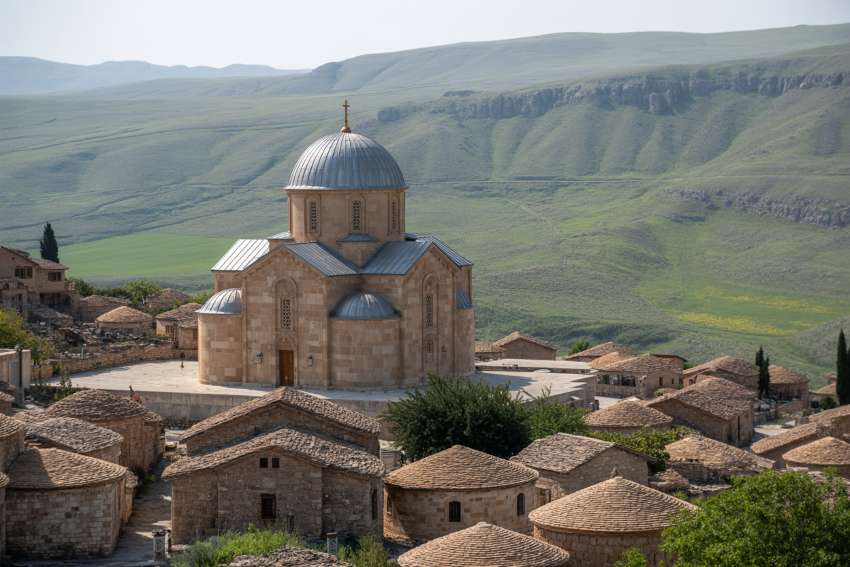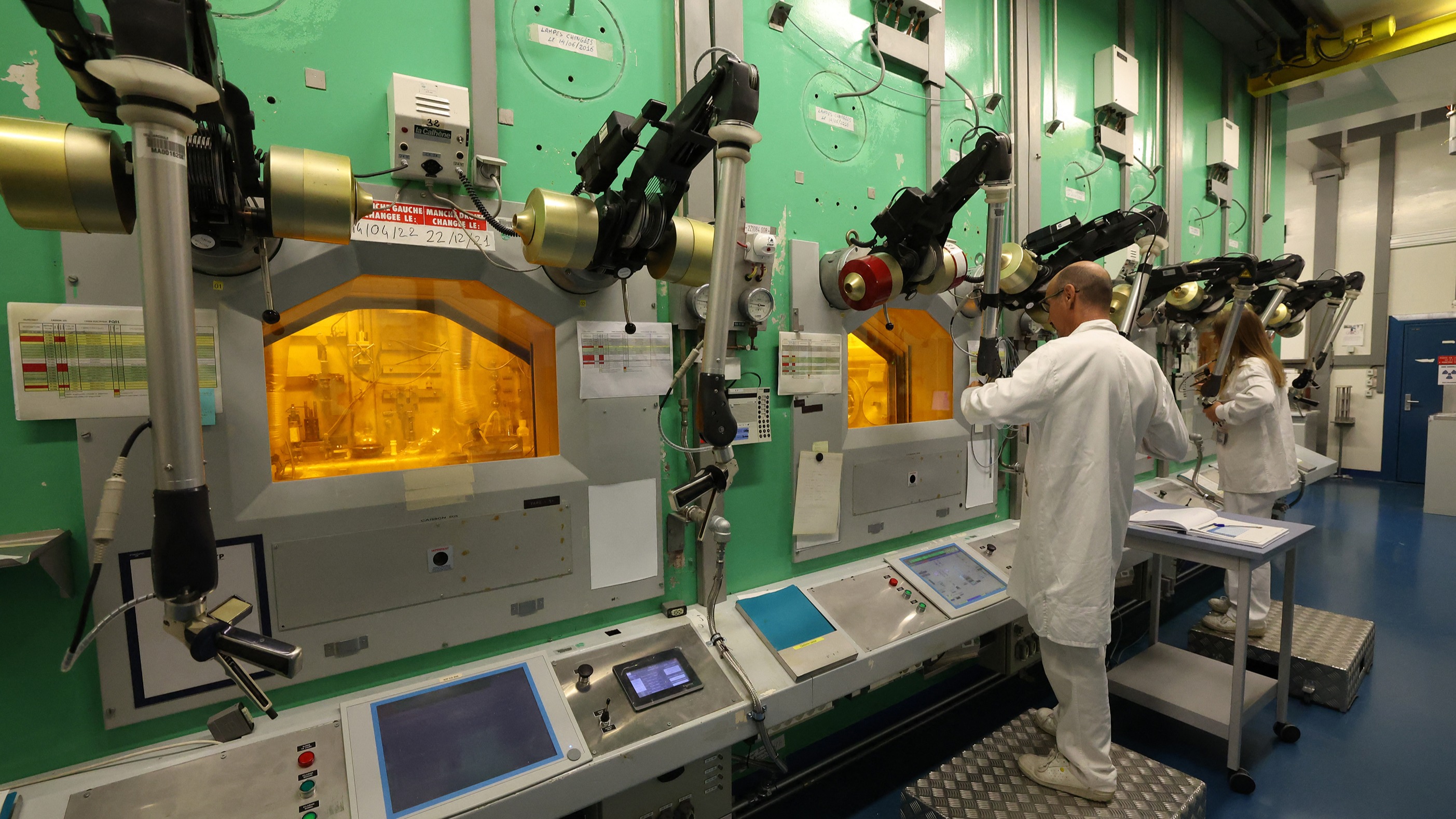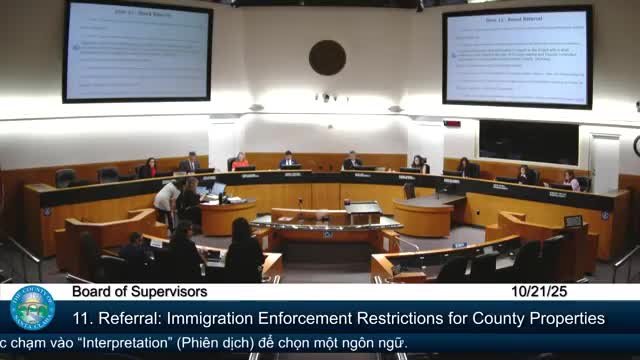Report on the UNWTO “Best Tourism Village” Award for Hah, Turkey, and its Implications for Sustainable Development
1.0 Introduction: Recognition of Cultural Heritage and Sustainable Tourism
The United Nations World Tourism Organization (UNWTO) has designated the village of Hah (Anitli) in Midyat, Turkey, as a “Best Tourism Village.” This recognition highlights the village’s significant Assyrian cultural heritage and its potential for sustainable tourism development. The award aligns with the United Nations’ Sustainable Development Goals (SDGs), particularly SDG 11 (Sustainable Cities and Communities), by emphasizing the need to safeguard the world’s cultural heritage (Target 11.4). This report analyzes the award’s significance, challenges, and the necessary steps to ensure its contribution to long-term sustainable development, focusing on cultural preservation, economic growth, and social equity.
2.0 Analysis of the Award’s Significance
2.1 Cultural Preservation and Historical Context
Hah village is a critical center of living Assyrian heritage, located in the historic Tur Abdin region. Its value is rooted in its ancient architecture, including stone houses, monasteries, and the 6th-century Church of the Virgin Mary. The preservation of this site is a direct contribution to SDG 11.4, which aims to protect cultural assets. The village serves as a testament to the resilience of the Assyrian community and offers a unique opportunity to engage with a civilization that has maintained its cultural and religious traditions for millennia.
2.2 Potential for Sustainable Economic Growth
The UNWTO recognition positions Hah to leverage tourism for local economic development, directly supporting SDG 8 (Decent Work and Economic Growth). The potential benefits include:
- Creation of local employment opportunities in hospitality, guide services, and cultural preservation.
- Stimulation of the local economy through increased visitor spending.
- Generation of revenue that can be reinvested into the preservation of cultural heritage sites.
This economic potential transforms cultural assets into drivers of sustainable prosperity for the rural community, provided that development is managed responsibly to avoid exploitation and ensure benefits are distributed equitably.
3.0 Challenges to Inclusive and Sustainable Development
3.1 Community Representation and Inclusive Governance
A significant concern has been raised regarding the lack of local Assyrian community representation at the award ceremony. This issue highlights a potential disconnect between the recognition and the custodians of the heritage. For tourism to be truly sustainable, it must be inclusive, aligning with SDG 10 (Reduced Inequalities) and SDG 16 (Peace, Justice and Strong Institutions). Key challenges include:
- Ensuring the active participation of the local Assyrian community in tourism planning and management.
- Preventing the economic exploitation of cultural heritage.
- Guaranteeing that the economic benefits of tourism are directed toward the community responsible for preserving the cultural assets.
Failure to involve the local community risks undermining the authenticity of the tourism experience and the equitable principles of sustainable development.
3.2 The Imperative for Legal Recognition of the Assyrian People
The long-term sustainability of cultural preservation in Hah is intrinsically linked to the legal status of the Assyrian people in Turkey. The call for their formal recognition as an Indigenous people or a national minority, in accordance with international frameworks such as the UN Declaration on the Rights of Indigenous Peoples (UNDRIP), is critical. Such recognition is a prerequisite for achieving SDG 10 and SDG 16, as it would:
- Provide legal protection for Assyrian cultural institutions, language, and religious practices.
- Ensure the community’s right to participate in decision-making processes that affect their heritage and lands.
- Establish a legal basis for safeguarding cultural identity against external pressures.
4.0 Strategic Recommendations for Advancing Sustainable Development Goals
4.1 Enhancing Turkey’s Commitment to Human Rights and Cultural Diversity
By legally recognizing the Assyrian community, Turkey would strengthen its international standing as a nation committed to human rights and cultural diversity. This action would advance SDG 16 by promoting a peaceful and inclusive society. Furthermore, it would enhance Turkey’s soft power and position it as a regional model for cultural respect and coexistence, fostering partnerships that align with SDG 17 (Partnerships for the Goals).
4.2 A Framework for Tangible Action
While the UNWTO award is a commendable symbolic gesture, it must be followed by concrete measures to ensure lasting positive impact. A recommended framework for action includes the following steps:
- Implement Legal Recognition: Formally recognize the Assyrian community as a national minority or Indigenous people to provide a legal foundation for the protection of their cultural rights.
- Establish Inclusive Governance Structures: Create collaborative bodies for tourism management in Hah that include representatives from the local Assyrian community, government authorities, and tourism experts.
- Ensure Equitable Benefit-Sharing: Develop mechanisms to ensure that a significant portion of tourism-generated revenue is reinvested in the community and the preservation of its cultural heritage.
- Build on Existing Progress: Complement recent initiatives, such as the restitution of church properties, with a comprehensive legal framework that guarantees the rights and participation of the Assyrian community.
5.0 Conclusion
The designation of Hah village as a UNWTO “Best Tourism Village” is a significant opportunity to advance the Sustainable Development Goals in Turkey. It validates the universal value of Assyrian cultural heritage and its potential as a driver for sustainable economic development. However, the ultimate success of this initiative depends on Turkey’s commitment to moving beyond symbolic recognition. By implementing tangible legal and institutional measures that ensure the inclusion, participation, and rights of the local Assyrian community, Turkey can transform this award into a genuine and lasting model of sustainable and equitable cultural tourism, safeguarding Hah’s unique heritage for future generations while promoting peace, justice, and prosperity in line with the global 2030 Agenda for Sustainable Development.
Analysis of Sustainable Development Goals in the Article
1. Which SDGs are addressed or connected to the issues highlighted in the article?
- SDG 8: Decent Work and Economic Growth
- SDG 10: Reduced Inequalities
- SDG 11: Sustainable Cities and Communities
- SDG 16: Peace, Justice and Strong Institutions
2. What specific targets under those SDGs can be identified based on the article’s content?
-
SDG 8: Decent Work and Economic Growth
- Target 8.9: “By 2030, devise and implement policies to promote sustainable tourism that creates jobs and promotes local culture and products.”
Explanation: The article explicitly discusses how the “Best Tourism Village” award offers “new opportunities for the region to thrive economically, creating jobs, boosting the local economy, and attracting international interest.” It frames sustainable tourism as a way to turn “cultural assets into drivers of prosperity.”
- Target 8.9: “By 2030, devise and implement policies to promote sustainable tourism that creates jobs and promotes local culture and products.”
-
SDG 10: Reduced Inequalities
- Target 10.2: “By 2030, empower and promote the social, economic and political inclusion of all, irrespective of… ethnicity, origin, religion or other status.”
Explanation: The article calls for the inclusion of the Assyrian community, who are the “original custodians of the heritage,” in the development and management of tourism. It also advocates for Turkey to formally recognize the Assyrian community as an “Indigenous people or a national minority” to ensure their full participation in decision-making processes.
- Target 10.2: “By 2030, empower and promote the social, economic and political inclusion of all, irrespective of… ethnicity, origin, religion or other status.”
-
SDG 11: Sustainable Cities and Communities
- Target 11.4: “Strengthen efforts to protect and safeguard the world’s cultural and natural heritage.”
Explanation: The central theme of the article is the preservation of the Assyrian cultural heritage in Hah village. It highlights the village’s “distinctive stone houses, monasteries, and churches,” such as the 6th-century Church of the Virgin Mary, and emphasizes that the award proves “preserving and advancing a community’s cultural identity can be the foundation of sustainable tourism.”
- Target 11.4: “Strengthen efforts to protect and safeguard the world’s cultural and natural heritage.”
-
SDG 16: Peace, Justice and Strong Institutions
- Target 16.7: “Ensure responsive, inclusive, participatory and representative decision-making at all levels.”
Explanation: The article raises concerns about the “absence of local Assyrian representatives from the ceremony,” questioning the inclusivity of the recognition and the involvement of the community in decision-making. It stresses that the community must be “actively involved in the planning and execution of tourism initiatives.” - Target 16.b: “Promote and enforce non-discriminatory laws and policies for sustainable development.”
Explanation: A significant portion of the article is a “call for tangible measures,” specifically the legal recognition of the Assyrian people. It argues that this recognition would “provide legal protections for Assyrian cultural institutions, safeguard their language and religious practices,” and establish legal frameworks for equitable benefit sharing from tourism.
- Target 16.7: “Ensure responsive, inclusive, participatory and representative decision-making at all levels.”
3. Are there any indicators mentioned or implied in the article that can be used to measure progress towards the identified targets?
-
For Target 8.9:
- Indicator: Creation of jobs and economic growth in the local community.
Explanation: The article implies that progress can be measured by the number of jobs created and the extent to which the local economy is boosted as a direct result of tourism initiatives in Hah village. - Indicator: Equitable sharing of economic benefits from tourism.
Explanation: The article suggests measuring whether the “economic benefits reach those who have long been the stewards of this cultural treasure,” implying that a key indicator is the proportion of tourism revenue that is retained by and benefits the local Assyrian community.
- Indicator: Creation of jobs and economic growth in the local community.
-
For Target 11.4:
- Indicator: Implementation of cultural preservation and restoration projects.
Explanation: The article mentions past “initiatives such as the restitution of church properties and monastic restoration projects” as positive steps, suggesting that the number and success of such projects are a measure of progress in safeguarding heritage.
- Indicator: Implementation of cultural preservation and restoration projects.
-
For Targets 10.2 and 16.7:
- Indicator: Level of participation of the Assyrian community in decision-making.
Explanation: The article directly points to the “absence of local Assyrian representatives from the ceremony” as a negative indicator. Conversely, a positive indicator would be the active and formal involvement of the community in “the development and management of tourism initiatives” and other decisions affecting their heritage.
- Indicator: Level of participation of the Assyrian community in decision-making.
-
For Target 16.b:
- Indicator: Legal and institutional recognition of the Assyrian community.
Explanation: The article explicitly calls for “concrete legal and institutional steps,” stating that the “true measure of Turkey’s commitment” is the “formal recognition of the Assyrian community as an Indigenous people or a national minority, in line with international laws.” This legal status is presented as a primary indicator of progress.
- Indicator: Legal and institutional recognition of the Assyrian community.
4. Table of SDGs, Targets, and Indicators
| SDGs | Targets | Indicators |
|---|---|---|
| SDG 8: Decent Work and Economic Growth | 8.9: Promote sustainable tourism that creates jobs and promotes local culture. |
|
| SDG 10: Reduced Inequalities | 10.2: Empower and promote the social, economic and political inclusion of all. |
|
| SDG 11: Sustainable Cities and Communities | 11.4: Strengthen efforts to protect and safeguard the world’s cultural and natural heritage. |
|
| SDG 16: Peace, Justice and Strong Institutions |
16.7: Ensure responsive, inclusive, participatory and representative decision-making.
16.b: Promote and enforce non-discriminatory laws and policies. |
|
Source: travelandtourworld.com







